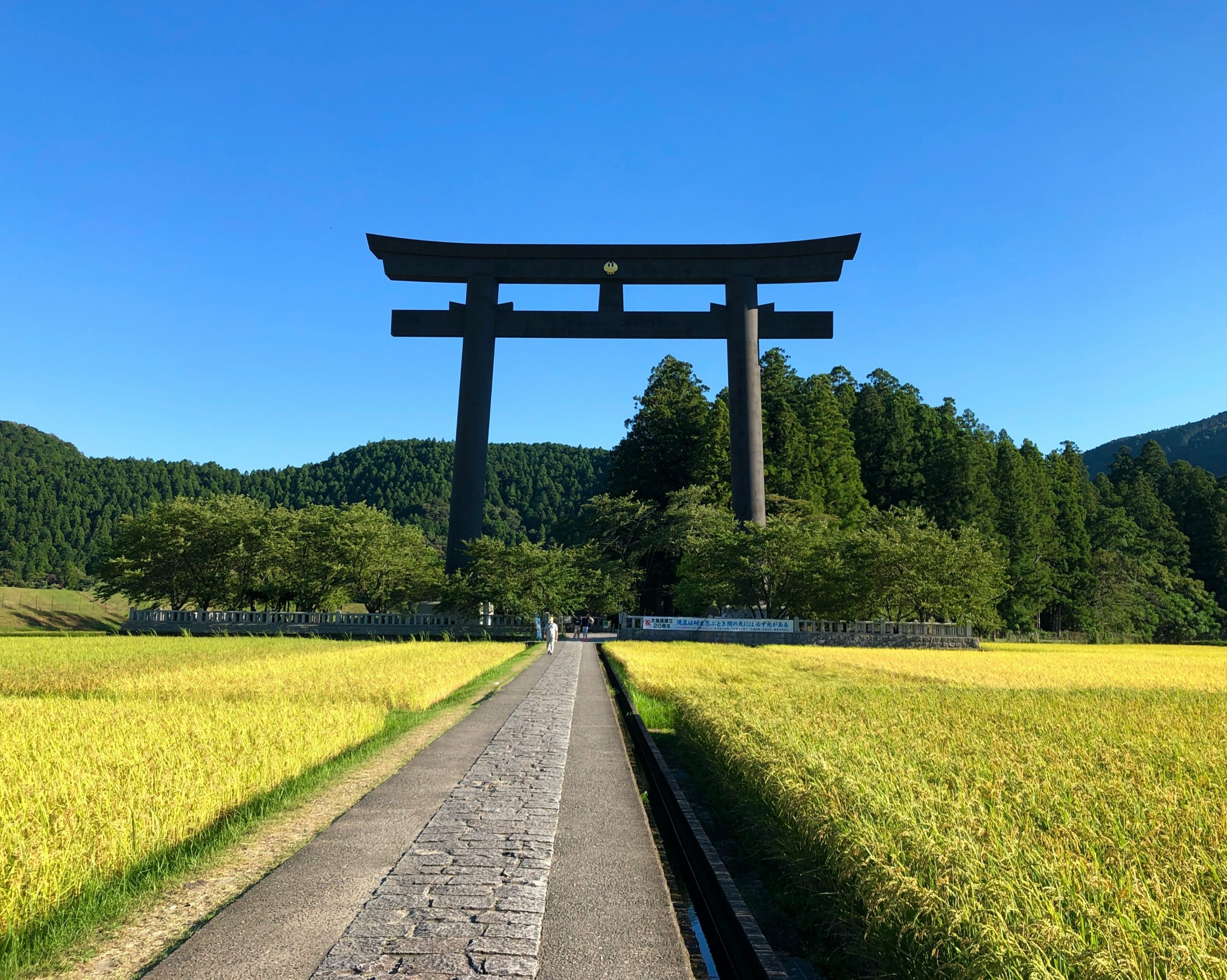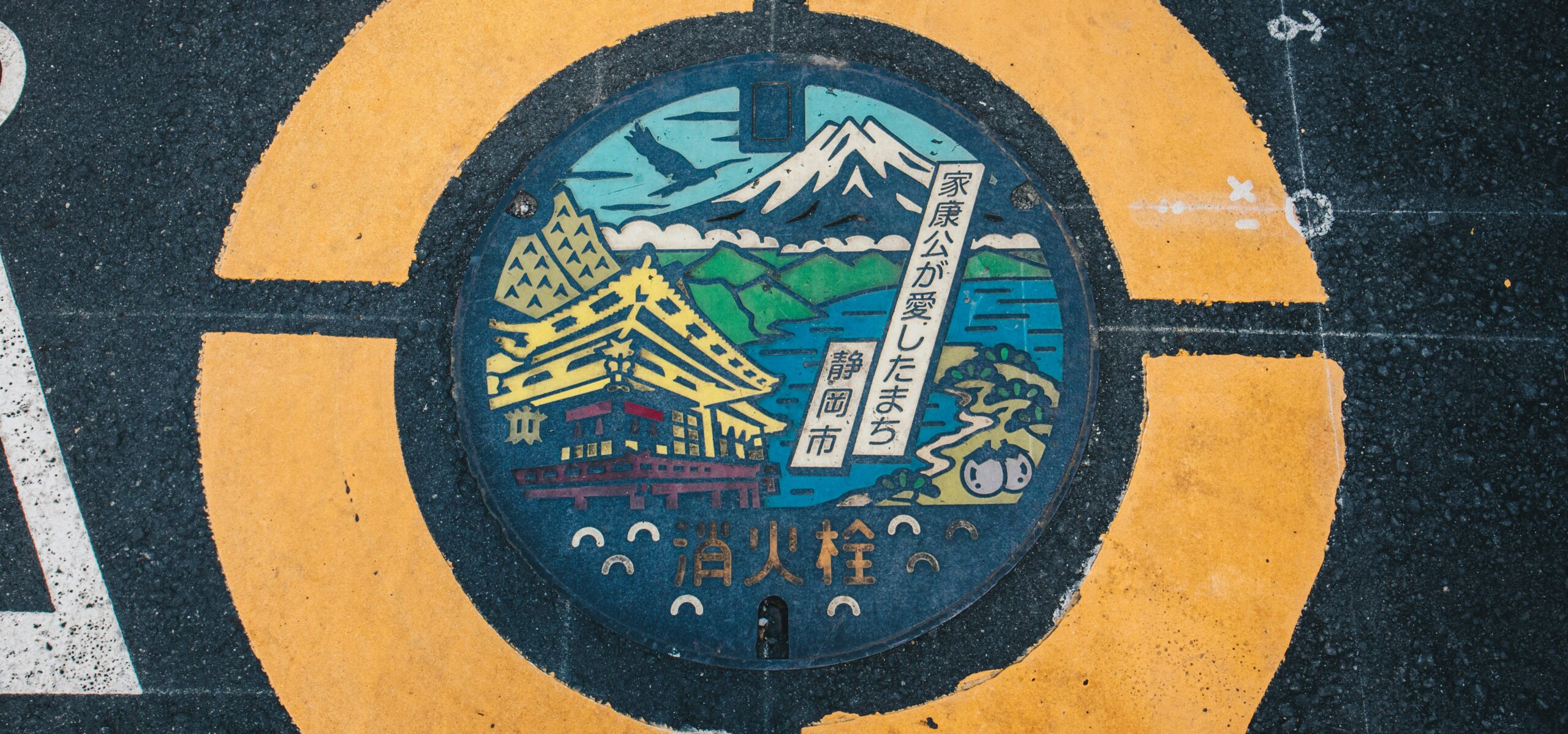Learning Japanese can really feel like a never-ending climb at times…
I mean, sometimes it just feels that there’s endless vocabulary lists, grammar points and kanji drills.
But what if you could make progress just by watching anime, listening to music, and reading things you love?
That’s the power of immersion!
Immersion isn’t just for advanced learners — it’s one of the best ways for anyone, even beginners, to get real, natural exposure to the language.
In this guide, I’ll tell you about how to use immersion to learn Japanese in a fun, low-pressure way — and how to actually make it stick.
Let’s immerse!

Okay so, what exactly is immersion?
Well, immersion is basically surrounding yourself with your target language.
In this particular case, it’d be Japanese!
You’d be immersing yourself in a way that mimics how we naturally learn languages as children.
That means consistently hearing and seeing Japanese used in real-life, native contexts such as:
- TV shows, anime, YouTube
- Podcasts and music
- Books, manga, blogs
- Conversations with real people
Immersion helps you absorb the language naturally, without always translating everything in your head. Over time, you’ll begin to recognise grammar patterns, build vocabulary through context, and develop a real feel for the language.
Next, we’ll go through the different types of immersion you can do.

Passive Immersion: Learning Without Pressure
Passive immersion is when you’re exposed to Japanese without actively trying to understand every word.
This is probably the most easiest form of immersion you can do, it’s pretty much effortless!
Here are some examples of Passive Immersion:
- Playing anime or YouTube videos in the background
- Listening to Japanese music while working out
- Having a Japanese podcast on during your commute
- Letting a Japanese livestream run while you chill
You might not understand everything, and that’s completely fine!
The goal is to train your brain to hear the sounds, rhythm, and flow of Japanese — and to get used to it.
🔹 Great Content for Passive Immersion:
- 🎧 YouTube Channels: Japanese Ammo with Misa, Comprehensible Japanese, Tokini Andy
- 📺 Anime: Slice-of-life shows like Shirokuma Cafe, Nichijou, or My Roommate is a Cat
- 🎙️ Podcasts: Nihongo con Teppei (beginner-friendly), JapanesePod101

Active Immersion: Leveling Up Your Learning
If passive immersion is your warm-up, active immersion is where you actually start getting good.
It’s when you focus on the Japanese content you’re consuming and actively engage with it — even if it’s just for 15–30 minutes a day. Instead of letting it play in the background, you stop, pay attention, and try to understand what’s happening.
🔹 What counts as active immersion?
- Watching anime or dramas with Japanese subtitles, pausing to read or look up unknown words
- Reading a manga with furigana and using Yomichan to check meanings
- Watching YouTube with Language Reactor enabled to see both English + Japanese subs
- Repeating phrases out loud to mimic native pronunciation
- Keeping a notebook or digital doc to save useful phrases or words you keep hearing
Even if you don’t understand everything, the act of trying to follow along, guessing from context, and looking things up helps your brain absorb the language way faster.
Active immersion helps you learn faster, and you retain more because you’re interacting with the material directly.
It’s probably the most effective method of immersion, and very practical.

Here’s some tools to help with immersion!
These tools seriously level up your immersion sessions:
✅ Language Reactor (Chrome extension)
- Works with Netflix and YouTube
- Shows both Japanese and English subtitles side by side
- You can pause, translate, and save words as flashcards
✅ Yomitan
- Hover over any Japanese word on a website or ebook and it shows you the meaning + reading
- Links with Anki for instant flashcard creation
✅ Animelon
- Watch anime with full control over subtitles (on/off for JP/EN)
- Built specifically for learners

The type of content I would recommend!
You don’t need “deep” material — just content you actually enjoy.
Good Starting Content:
- Anime like Shirokuma Cafe, My Roommate is a Cat, or Nihon Chinbotsu
- Slice-of-life YouTubers (search “日常 vlog”)
- Manga with furigana like Yotsuba, Doraemon, or Shonen Jump beginner editions
- News apps like NHK News Easy
🧠 Pro Tip: Rewatch the same episodes multiple times — the first time you’re lost, the second time you start to recognize patterns, and the third time… things start to click.

If you’re still a beginner – here’s how learn Japanese through immersion the basic way…
A lot of beginners actually think that immersion is only for advanced learners — that’s not true at all! You just need to match the content to your level.
Try this flow:
- Watch something with EN subs first to understand the story
- Then watch again with JP subs
- Finally, rewatch with subs off and see what you recognize
Every time you go through it, you’ll pick up something new — even if it’s just a few words or expressions. And those little wins build up fast over time!

Always try to combine immersion with other study methods
You wanna get those maximum results right? The way to do it would be to combine immersion with structured study.
Here’s a sample daily routine:
| Time | Task |
| Morning | 15 minutes of Anki vocab |
| Afternoon | Watch 20 mins of anime (with JP subtitles) |
| Evening | Bunpro grammar practice + 10 mins HelloTalk chat |
| Passive | Music, podcast, or background anime while doing chores |
Immersion keeps things fun and flexible — while apps and textbooks give you structure and clarity.
You don’t need to overdo it — even 30–45 minutes of daily immersion will make a difference if you stick with it!

Some common mistakes to avoid!
⚠️ Don’t fall into these immersion traps:
- Only watching anime with English subtitles
→ You won’t learn much if you’re only reading English - Trying to understand everything from the start
→ It’s normal not to understand at first — just let your brain adjust - No balance
→ Use immersion with vocabulary, grammar, and review tools like Anki and Bunpro - Giving up too early
→ It takes time. Weeks of exposure turn into breakthroughs

Some top tips to make immersion work for you!
- Start with shows or topics you enjoy
- Re-watch episodes to notice more
- Use content that matches your level (comprehensible input!)
- Don’t stress about translating — just listen, relax, and absorb
- Mix passive and active sessions each day (even 20–30 mins is great)

Ready to start immersing?
Immersion isn’t some “advanced-only” secret technique — it’s one of the most natural and effective ways to learn Japanese, even from day one.
Whether you’re listening to podcasts while cooking or breaking down anime scenes with subtitles, every minute you spend surrounded by Japanese builds up your skills in the background. You don’t need to understand everything — you just need to show up consistently.
Pair your immersion time with tools like Anki, Bunpro, and grammar study, and you’ll start to notice progress faster than you think.
So if you’re tired of feeling stuck, overwhelmed, or bored by traditional methods… start immersing today. It’s not just fun — it’s one of the most powerful tools you have.
Next time someone tells you watching anime isn’t study time… just smile and hit play 😎

👉 Related:
